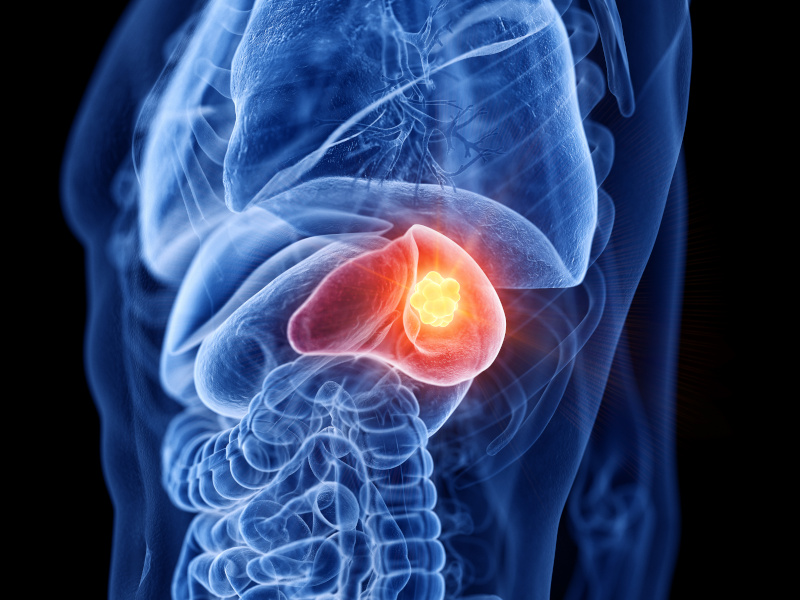The spleen is a small organ located up and left in the abdomen below the liver and right next to the pancreas. It is part of the lymphatic system and its functions are to filter the damaged blood cells, to produce white blood cells (lymphocytes) in order to prevent infections, but also to help hemopexis through platelet storage.
Spleen neoplasms can be primary, i.e. to start from the spleen itself, or they can be secondary, i.e. the result of metastasis from another organ. Primary are divided into benign, such as hemangiomas, lymphangiomas, and hamartomas and malignant, such as lymphomas and sarcomas. Secondary neoplasms are extremely rare. Metastases in the spleen are usually caused by cancer of the lung, breast, ovary and melanoma and consequently adjacent organs, such as the pancreas.
Common symptoms are a strong feeling of saturation (even after a small meal), pain in the upper and left abdomen, frequent infections, fever, sweating, chills, anemia, fatigue and weight loss.
The diagnosis is made by ultrasonogram, computerized axial (CAT) tomography or magnetic resonance imaging (MRI) and positron emission tomography (PET). The diagnosis is confirmed by splenectomy and pathoanatomical examination, which -apart from the diagnostic- has a therapeutic indication.
Splenectomy is performed either openly or laparoscopically in order to avoid a large incision in the abdomen, with the consequent risk of developing a hernia. Also, laparoscopic splenectomy is advantageous because recovery is much faster and postoperative pain is much less.
 English
English  Ελληνικά
Ελληνικά 

